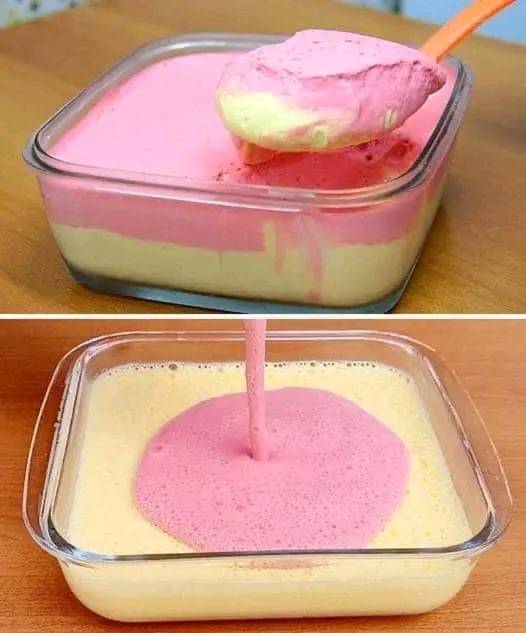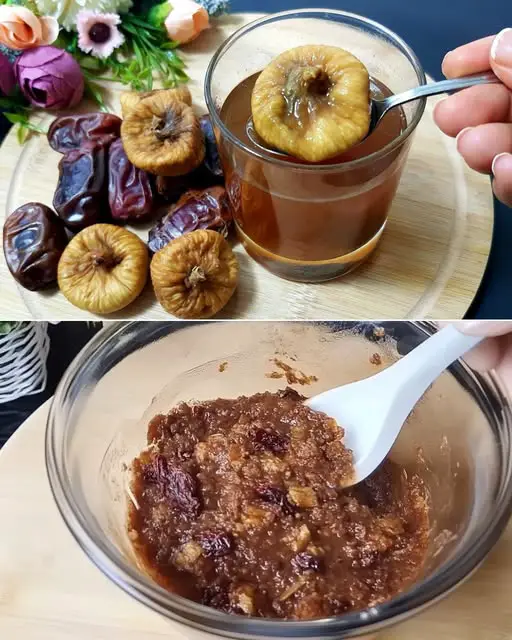Chocolate-Coated Peanut and Cookie Balls: A Delightful No-Bake Treat
Chocolate-Coated Peanut and Cookie Balls: A Delightful No-Bake Treat Table of Contents Ingredients For the Filling: 500g (17.6 oz) cookies, crushed 120g (4.2 oz) peanuts, crushed 120g (½ cup) sugar 60g (½ cup) cocoa powder 250ml (1 cup) milk 150g (⅔ cup) butter A pinch of vanillin (or a few drops of vanilla extract) For the Glaze: 80g (2.8 oz) dark chocolate … Read more















